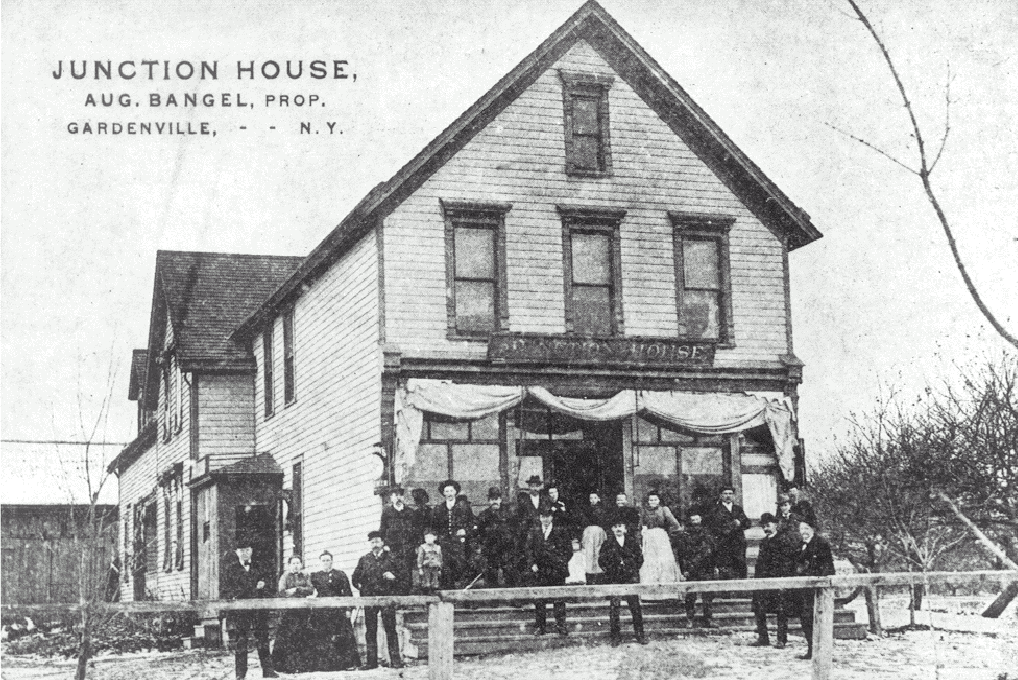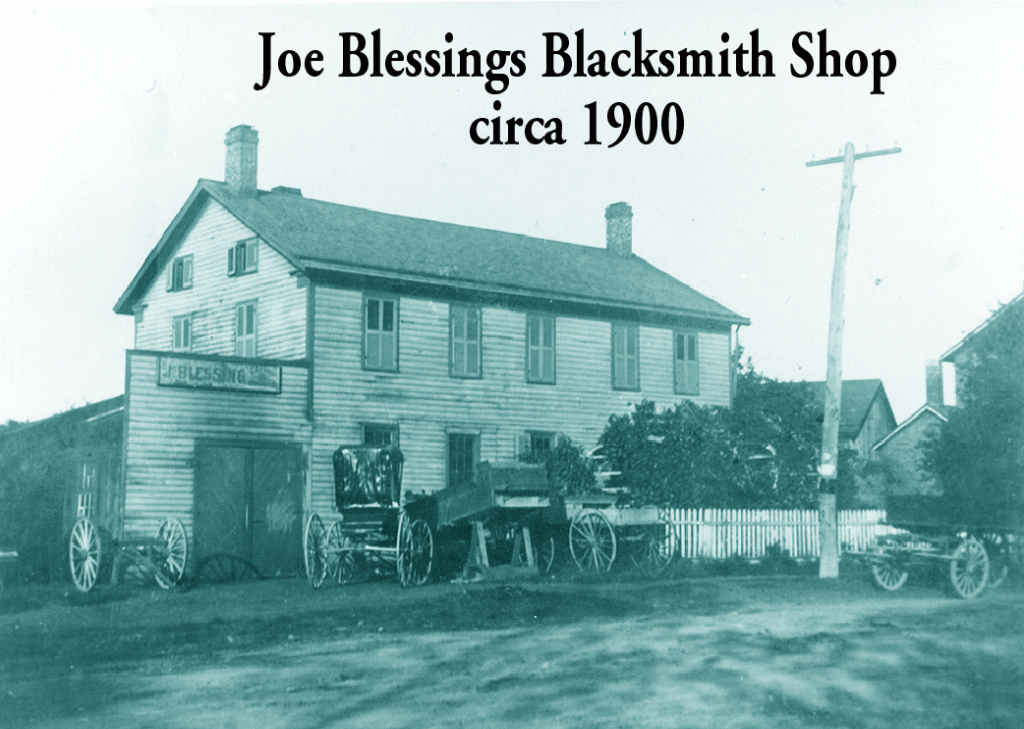History
The Town of West Seneca was incorporated in 1851. However, its history can be traced back to its earlier inhabitants, the Seneca Indians.
Certified Copy of the Town of West Seneca Incorporation 1851
 What is now West Seneca was first occupied by Indians over 10,000 years ago. Some of these Indians are known today as Senecas, members of the Iroquois Confederacy. In the late 1790's, with the purchase of 2.6 million acres of land from local Indian tribes represented by Chief Cornplanter of the Seneca tribe, the Buffalo Creek Indian Reservation was formed, the site of what is today the Town of West Seneca. In 1835, the Indians were persuaded to dispose of the Buffalo Creek Reservation and migrated to the Cattaraugus Indian Reservation in Southwest Erie County.
What is now West Seneca was first occupied by Indians over 10,000 years ago. Some of these Indians are known today as Senecas, members of the Iroquois Confederacy. In the late 1790's, with the purchase of 2.6 million acres of land from local Indian tribes represented by Chief Cornplanter of the Seneca tribe, the Buffalo Creek Indian Reservation was formed, the site of what is today the Town of West Seneca. In 1835, the Indians were persuaded to dispose of the Buffalo Creek Reservation and migrated to the Cattaraugus Indian Reservation in Southwest Erie County.
Soon after, a group of German Lutherans, the Community of True Inspiration, (also known as the "Ebenezers") arrived in the area and purchased 5,000 acres of the recently vacated Buffalo Creek Reservation at $10.50 an acre.
More than 800 of these immigrants came to America from Germany between April 1843 and October 1845, establishing four hamlets - Middle Ebenezer, Upper Ebenezer, Lower Ebenezer and New Ebenezer. Many of these new residents took up residence in the original Seneca structures. The Ebenezers formed their own governing body and had essentially a communal society where jobs, goods, food and services were given to the community for use by all.  The Ebenezers were well known as excellent farmers and skilled craftsmen. (Several of the buildings originally constructed in this time period are still present in the Indian Church Road - School Street - South Avenue area) Other German settlers seeking religious freedom began to move in and foster Catholicism and as the population around them continued to grow, the Ebenezer community began to feel that its way of life was threatened. A new land purchase was made in Amana, Iowa along the banks of the Iowa River. There the Ebenezer community set up hamlets and continued to grow and continue their lifestyle. Even today this community still carries on certain parts of the original communal plan of the 1840's.
The Ebenezers were well known as excellent farmers and skilled craftsmen. (Several of the buildings originally constructed in this time period are still present in the Indian Church Road - School Street - South Avenue area) Other German settlers seeking religious freedom began to move in and foster Catholicism and as the population around them continued to grow, the Ebenezer community began to feel that its way of life was threatened. A new land purchase was made in Amana, Iowa along the banks of the Iowa River. There the Ebenezer community set up hamlets and continued to grow and continue their lifestyle. Even today this community still carries on certain parts of the original communal plan of the 1840's.
In 1851 parts of Cheektowaga, Hamburg, and East Hamburg were organized into the town of "Seneca". On October 16, 1851, the New York State Legislature officially incorporated the town. The name was changed to West Seneca the following year to avoid confusion with a Town of Seneca in eastern New York State. On March 2, 1852, the first West Seneca Town Meeting was held in the home of Morgan S. Whitney. The first supervisor elected was Levi Ballou and Morgan Whitney was made the first town clerk.
During the Civil War, fifty-four men served in the Union Army. In 1862, a special tax of $50 was raised for each Town volunteer in the Union Army.
 Road improvements and erection of bridges followed soon after the formal organization of the Town. The first railroad was routed through West Seneca in 1866. Until 1869, the town's population was such that there was one election district to cover West Seneca, but with the normal growth of population, it was necessary to to divide the Town into two election districts. More districts would be added within the next five years. In 1887, the Hook and Ladder Company was formed at Gardenville-Union Road and in 1896, the Union Fire Company was organized. The first voting machines were issued in 1904.
Road improvements and erection of bridges followed soon after the formal organization of the Town. The first railroad was routed through West Seneca in 1866. Until 1869, the town's population was such that there was one election district to cover West Seneca, but with the normal growth of population, it was necessary to to divide the Town into two election districts. More districts would be added within the next five years. In 1887, the Hook and Ladder Company was formed at Gardenville-Union Road and in 1896, the Union Fire Company was organized. The first voting machines were issued in 1904.
West Seneca has basically been a farming community throughout its history, but new residential developments were created and commercial/industrial development has followed. A great transformation has occurred in this area in the past 10,000 years. Movement has been made from an Indian settling point to the flourishing suburban area of today.
